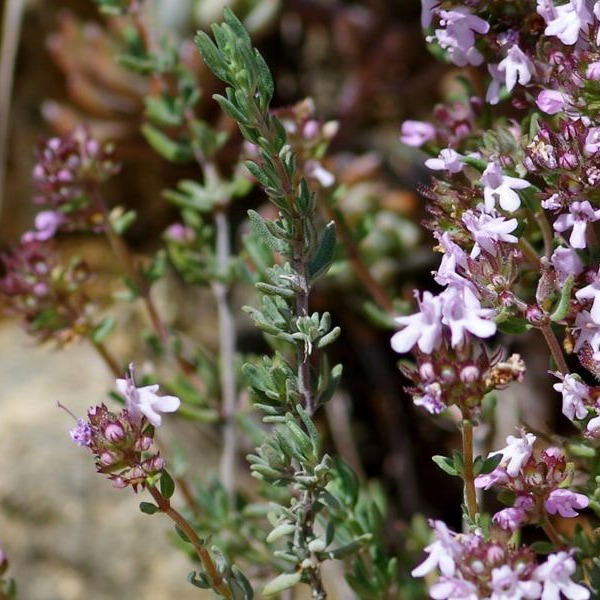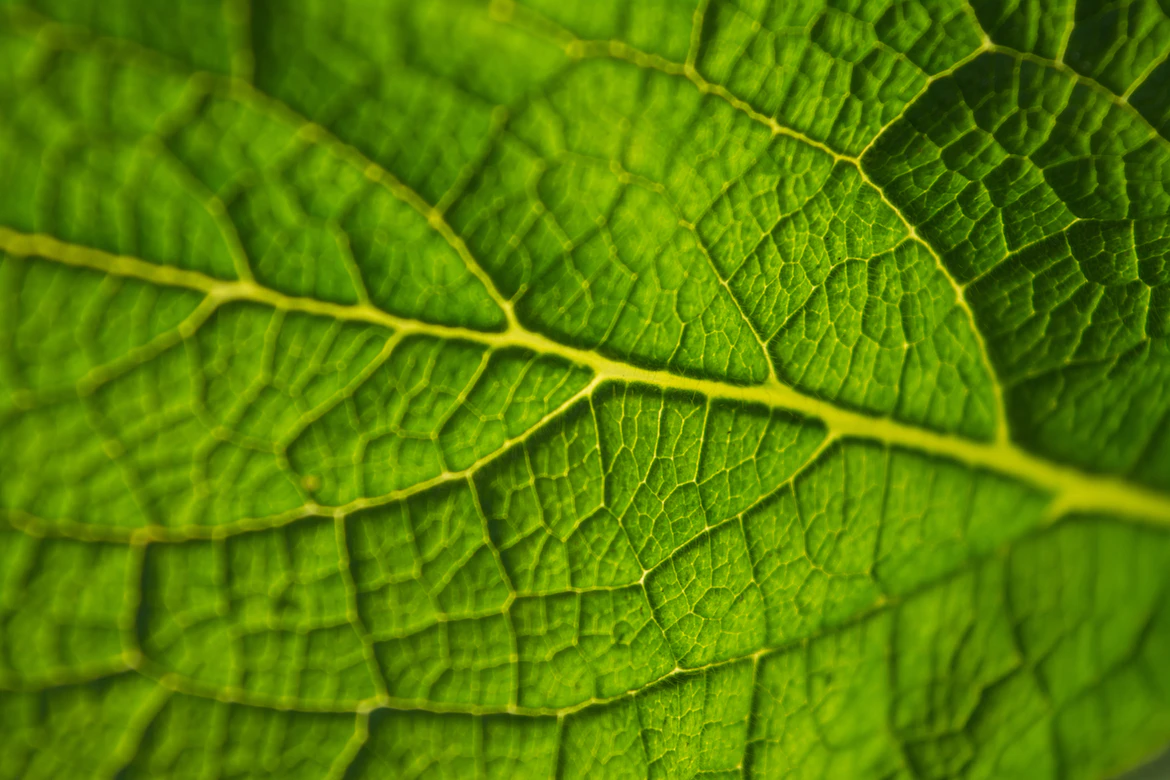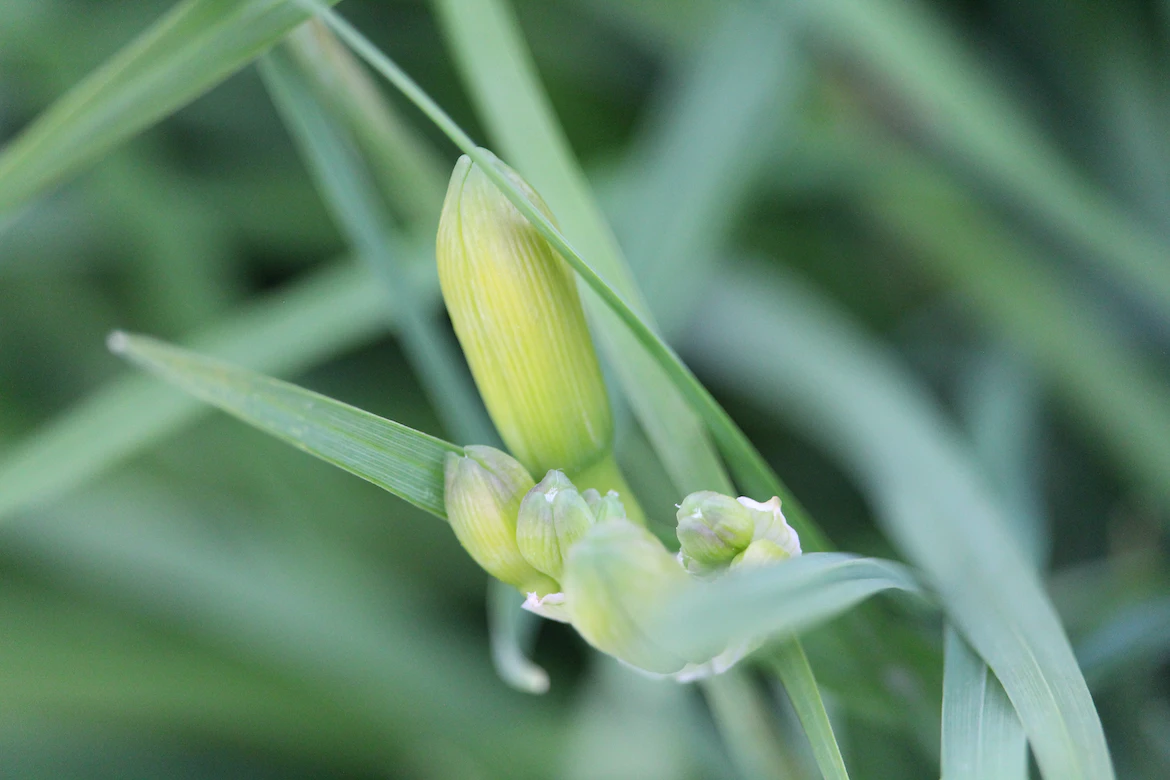Thymus vulgaris
Thym commun | Thym

Biosystematics
- Kingdom
- Plantae
- Branch
- Spermatophyta
- Subphylum
- Angiospermes
- Class
- Magnoliopsida
- Subclass
- Asteridae
- Order
- Lamiales
- General shape
- Grass
- Life cycle and type
- Biennial
- Specie parts
- Feuille
- Use
- Aromatique Médicinale
- Description
- C'est une espèce commune des garrigues ensoleillées et des steppes du sud de l'Europe et du Nord de l'Afrique. Le thym est indissociable de la culture méditerranéenne.
- Family
- Lamiaceae
- Sub-family
- Genus
- Thymus
- Arabic name
- الزعتر البري

Morphology
- Visible fruit/seeds
- Nitrogen fixation
- Known allelopath
- Natural regeneration capacity
- Remarkable flower
- Max height at maturity
- 50 cm
- Lifespan
- 24 Month
-
Flower color
#f2cde5
-
Foliage color
#bbed9b
-
Fruit/seed color
#f5d396
- C:N ratio (Fertility)
- High
- Foliage type
- Deciduous
- Leaf porosity Summer
- Medium
- Leaf porosity Winter
- Low
- Foliage texture
- Medium
- Growth rate
- High
- Root system depth
- Active growth period
- Spring

Biology
- Fruit/seed persistence
- Fruit/seed abundance
- Tendency to conserve
- Duration of seed dispersal
- 19 Day
- Water content
- 9 %
-
Beginning of fruit/seed period 2023-03-01
-
End of fruit/seed period 2023-04-28
- Maturation
- Spring
- Flowering period
- Spring
- Reproduction
- Sexual and vegetative
- Seed dispersal unit
- False berry
- Type of release
- Barochory
- Dispersal area
- High
- Pollinators
-
- Wind Bee Butterflies Wasps Flies
- Shade tolerance
- Grazing tolerance
- Low
- CaCO3 tolerance
- High
- Seed longevity (germination power)
- Medium

Multiplication
- Seed dormancy
- Commercial availability of seeds
- Light effect
- Reforestation potential
- Weight of 1000 seeds
- 0.36 Kg
- Seed impurity
- 0 %
- Latency period
- 1 Days
- Germination rate
- 90 %
- Germination speed
- 2 Days
- Average germination time (DMG)
- 3 Days
- Optimal temperature for germination
- 25 C°
- Plant density
- 6000 Ha
